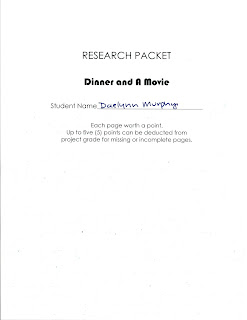Touch
Part 1
“’We raise our children in a nontactile society and have to
compensate with nonhuman creatures. First with teddy bears and blankets, then
with pets. When touch isn’t there, our true isolation comes through.’ Touching
is just as therapeutic as being touched; the healer, the giver of touch, is
simultaneously healed.” (Ackerman 121)
We are raised to appreciate these kinds of relationships, to foster them. When we are robbed of such a vital connection, as Ackerman writes, ‘our true isolation comes through.’ Pets keep us ignorant of the boxed in lives that we live, giving us a small taste of tactile connection to the real world, even from a young age. This is especially true for those with mental illness such as anxiety or depression. A pet can be a friend on the bad days and a companion on the best, something to come home to, more reliable than most human connections. A routine that is followed every day, mindlessly as we feed, care for and groom them. The grave of a pet can be particularly powerful. In grooming the grave, cleaning it down to bare earth we feel the same connection through a routine with the lost that we did throughout their years with us. All of the mindless grooming becoming ritual as we seek to reform that lost connection, healing and being healed through the tether of touch.
Part 2
"The touched infants, in these studies and others,
cried less, had better temperaments, and so were more appealing to their
parents, which is important because the 7 percent of babies born prematurely
figure disproportionately among those who are victims of child abuse... A 1988
New York Times article on the critical role of touch in child development
reported 'psychological and physical stunting of infants deprived of physical
contact, although otherwise fed and cared for...'" (Ackerman, 73)
Human
babies are brought into the world from an encompassing world of touch, allowing
them to grow and mature into something living and beautiful in only 9 months’
time. A whole new life is created from microscopic cells through this process
of gestation within the mother’s womb. However, once they exit during birth,
they are only beginning in their process to becoming a fully functioning human
being. Without a continual exposure to the loving warmth of those who care for
them they will remain immature and unformed. In this same way, a clay sculpture
remains a blank block of dirt and water, the grains of sand comparative cells,
until a pair of hands comes along and, through loving and gentle touch, forms
it into something mature and complete. The more touch and attention that are
given to the piece, the more it is shaped into something individual and unique.
This piece of clay, yet incomplete and unfired is awaiting its fate as forever
unfinished, to be neglected and used for another project. Or, through loving
attention, brought into its own as a fully formed piece of art, just as infants
are reliant on their parents to form them into the best that they can be from
the day that they are born.









Comments
Post a Comment